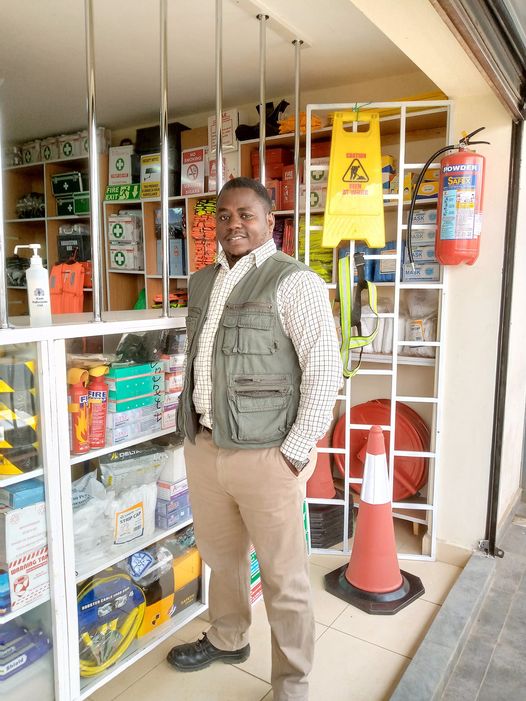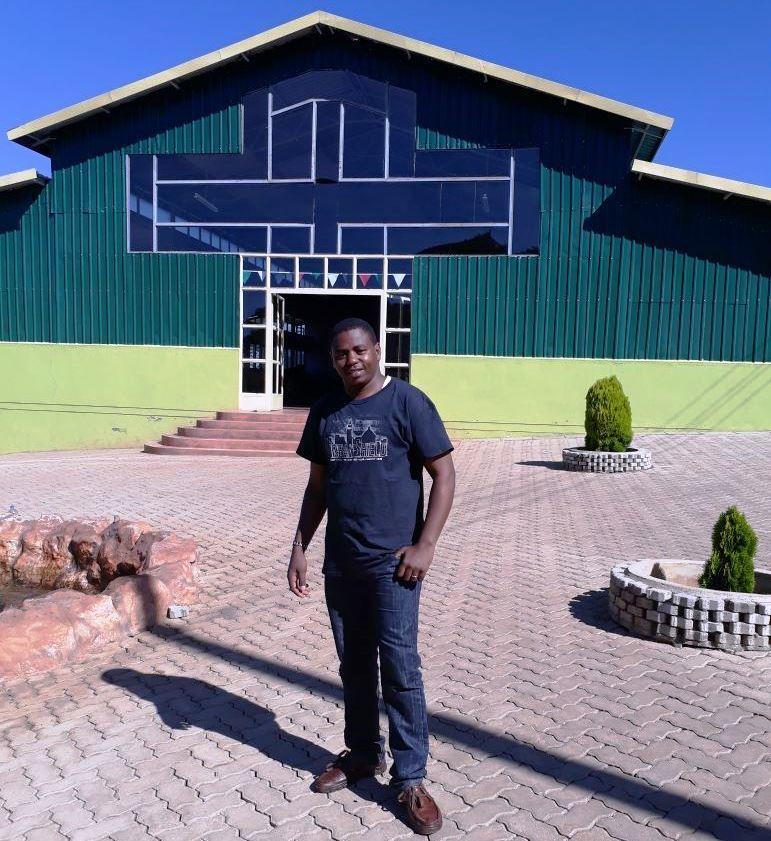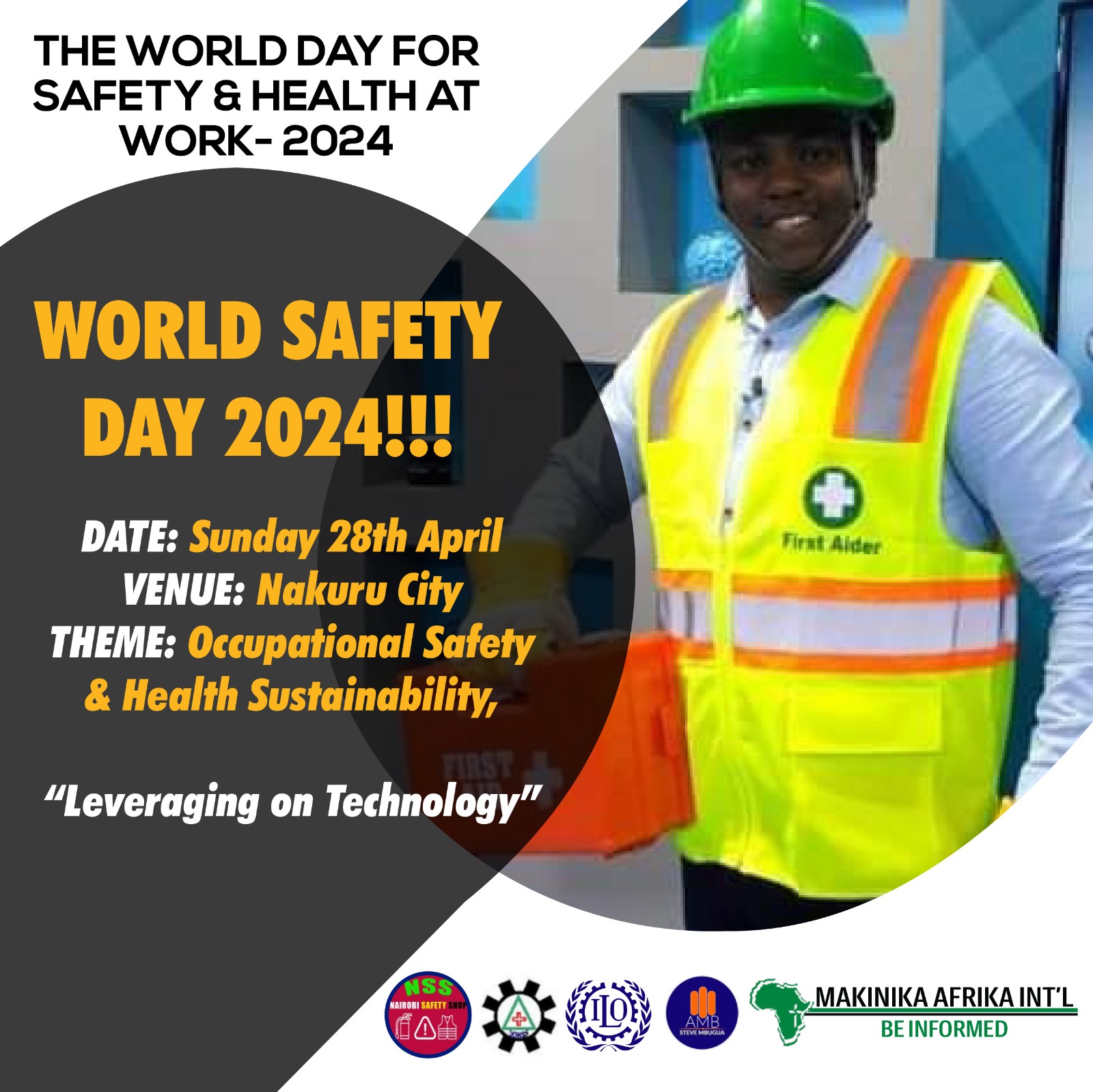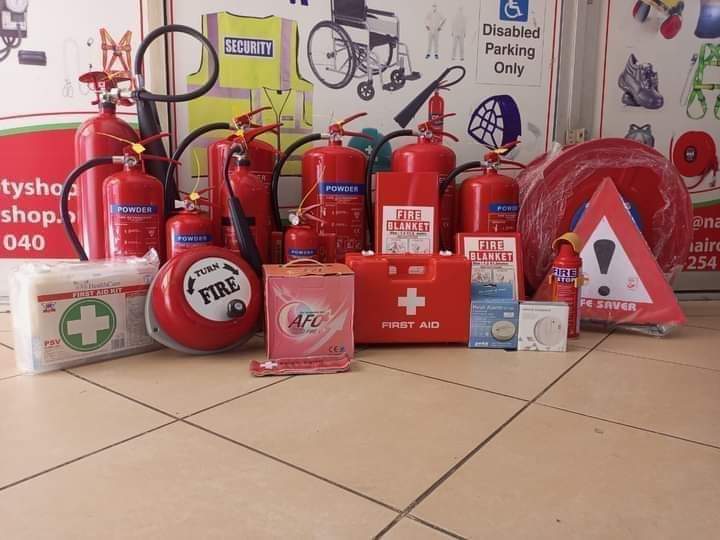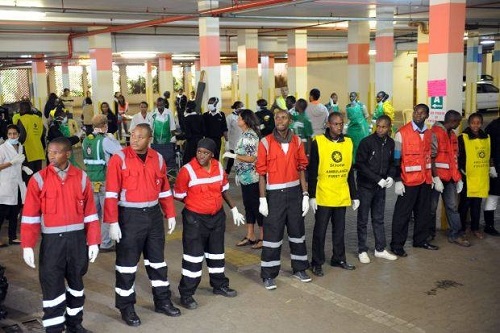Globally Recognized Ambassador of Safety
As Ambassador Steve Mbugua, a globally recognized champion of safety, my mission is to help individuals, organizations, and communities build a sustainable culture of safety. This detailed guide explores the varieties of safety culture, offering insights into how organizations can evolve and embrace safety as a core value.
By understanding these safety culture types, you can identify where your organization stands and take proactive steps to enhance your safety framework. Visit my website, www.ambstevembugua.co.ke, for more resources and guidance.
1. Reactive Safety Culture
Characteristics:
Focuses on addressing incidents after they occur.
Little or no effort is made to prevent accidents proactively.
Improvements are reactionary, following significant mishaps.
Examples and Illustration:
A manufacturing plant installs safety barriers only after a fatal accident.
A construction company introduces safety briefings after an on-site injury.
Challenges:
High-risk exposure to recurring accidents.
Employees feel undervalued and unsafe.
2. Calculative Safety Culture
Characteristics:
Relies on systems, metrics, and data to manage safety.
Extensive use of KPIs and formalized safety audits.
Focuses on compliance but may lack a human touch.
Examples and Illustration:
Oil companies monitor accident rates and enforce changes based on metrics.
Logistics companies measure delivery safety records but fail to address driver fatigue holistically.
Limitations:
Over-reliance on numbers can overshadow practical solutions.
3. Bureaucratic Safety Culture
Characteristics:
Emphasizes strict adherence to rules and policies.
Top-down decision-making dominates.
Safety practices may lack flexibility and adaptability.
Examples and Illustration:
Hospitals enforce rigid infection control protocols that leave little room for staff creativity.
Transport companies impose universal speed limits without considering variable conditions.
Challenges:
Employee engagement is minimal due to rigid structures.
4. Generative Safety Culture
Characteristics:
Safety is deeply embedded in organizational values.
Employees at all levels contribute to safety initiatives.
Continuous improvement and innovation are priorities.
Examples and Illustration:
Tech companies encourage ergonomic workspace enhancements based on employee feedback.
Open discussions during daily safety briefings that lead to swift implementation of new ideas.
Strengths:
High levels of trust, engagement, and safety ownership.
5. Compliance-Based Safety Culture
Characteristics:
Prioritizes meeting legal and regulatory requirements.
Minimal effort to exceed basic safety standards.
Examples and Illustration:
Restaurants install fire suppression systems to meet codes without evaluating their sufficiency.
Factories provide helmets but skip regular training.
Challenges:
“Bare minimum” practices that hinder long-term safety improvement.
6. Learning-Based Safety Culture
Characteristics:
Emphasizes learning from incidents and near-misses.
Strong focus on training, education, and knowledge sharing.
Examples and Illustration:
Airlines conduct thorough post-incident investigations to improve pilot response.
Organizations hold workshops on lessons learned after incidents.
Strengths:
Long-term improvements and adaptability.
7. Blame-Oriented Safety Culture
Characteristics:
Focuses on blaming individuals for incidents rather than addressing systemic issues.
Promotes fear and underreporting of incidents.
Examples and Illustration:
Managers reprimand employees for unsafe practices without analyzing root causes.
Logistics companies penalize drivers for vehicle accidents without assessing maintenance issues.
Challenges:
Creates a toxic environment of fear and mistrust.
8. Proactive Safety Culture
Characteristics:
Focuses on risk identification and prevention.
Encourages employee empowerment and early reporting of unsafe conditions.
Examples and Illustration:
Conducting regular mock drills and hazard assessments.
Chemical plants employ predictive maintenance technologies to prevent leaks.
Strengths:
Prevents accidents through proactive measures.
9. Adaptive Safety Culture
Characteristics:
Highly responsive to changing environments and challenges.
Encourages innovative and flexible safety practices.
Examples and Illustration:
Pandemic-responsive policies like remote work and mental health support.
Dynamic adjustments to workplace safety procedures during crises.
Strengths:
Agile and resilient culture that thrives under pressure.
10. Collaborative Safety Culture
Characteristics:
Safety is a shared responsibility across departments and stakeholders.
Encourages open communication and transparency.
Examples and Illustration:
Joint safety committees representing all organizational levels.
Employee inclusion in designing safety measures.
Strengths:
Builds unity and trust, fostering innovative solutions.
Conclusion
Understanding these varieties of safety culture is essential for every leader committed to fostering a safe and productive environment. As the global Ambassador of Safety, my goal is to help organizations transition from reactive or compliance-based approaches to generative and adaptive cultures that prioritize innovation, learning, and collaboration.
For expert advice, training, and resources, visit www.ambstevembugua.co.ke or contact me at info@ambstevembugua.co.ke or WhatsApp +254724036078. Together, we can build a global culture of safety that saves lives and enhances organizational success.
READ MORE



